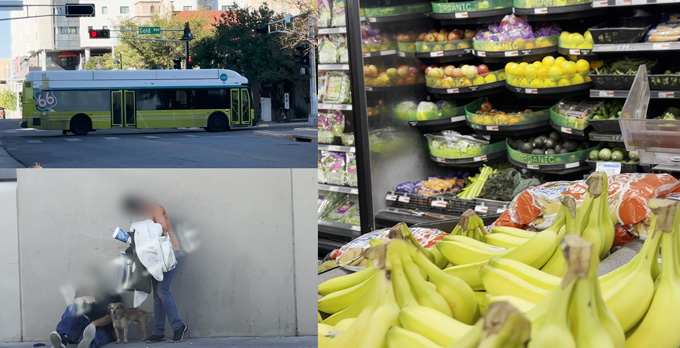A patient schedules an appointment with her doctor, but she doesn’t have a car to get there. Another is diagnosed with a medical condition, but can’t afford the medication to treat it. A third patient is unable to follow a home care plan because he doesn’t have a home.
These are a few examples of the real obstacles too many New Mexicans face that prevent them from receiving health care or properly caring for themselves. They are known as social determinants of health (SDOH).
Five Social Determinants of Health
- Economic Stability: Income, Utilities and Food Insecurity
- Education Access & Quality
- Health Care Access & Quality: Preventive Care, Family Planning, Pharmacy, Drug & Alcohol Abuse, Intervention & Screening
- Social & Community Context: Home safety, Cultural Contexts and Support, Social Inclusion, Behavioral and Mental Health Support
- Neighborhood & Built Environment: Housing, Transportation, Environmental Health, Access to Needs and Crime
“All of the problems we have with people not getting access to social needs, transportation, food, housing – all of those determinants that have such an impact on health – we see the consequences in health care delivery,” said Arthur Kaufman, MD, vice president for Community Health at The University of New Mexico. “Now, we have to reach out and not only address them in our clinics and hospital, but reach out to partners across the state.”
That is exactly what Kaufman set out to do in July 2022, when he partnered with local, state and university officials. Together, they developed an online curriculum to teach about the impact of social determinants that is unlike any other in the U.S. A $180,000 grant from UnitedHealthcare allowed UNM to expand its SDOH team and build the course in just over a year.
“It's not just information,” Kaufman said. “It is also asking the engagement of the learner, and they can choose their own adventure. They could talk about how this relates to their area.”
Social determinants don’t solely exist within the health care delivery system, and neither does an effective solution, he said. Addressing social inequities will require all hands on deck and everyone has a responsibility to learn about SDOH and create a plan to address determinants in their own field, whether it is law, transportation, architecture, planning or housing.

This is not about pulling yourself up by your bootstraps. This is about people in power recognizing that not everybody has the power to do that. Not everybody even has boots.
“All of that is important, but the question is, how do we develop a common language where all of us know we are working in this space together,” Kaufman said.
Van Roper, PhD, RN FNP-C, the assistant dean for Clinical Affairs in the UNM College of Nursing, participated in creating the curriculum. He said social determinants should be considered as a factor in the practice of many different disciplines.
“Even something as simple as a civil engineer designing different traffic patterns might be impactful for people’s health safety,” he said. “We have a segment where we talk about food access, and the same goes for education and people's access to Medicare and Medicaid services, community services and legal representation.”
Kaufman expects the online SDOH training tool to officially launch across UNM Central Campus in early 2024, and then eventually be used by community-based organizations, as well as city, county and state governments. Drew Peterson, the CEO of UnitedHealthcare Community & State of New Mexico, said the priority for this curriculum is to create awareness that sparks action.
“As a community, it is critical we learn about social determinants of health so that we collectively help people live healthier lives,” Peterson said. “UnitedHealthcare is honored to support this curriculum, which will empower people across many fields from healthcare to urban planning to address social determinants of health and advance health equity in New Mexico.”
Part of the funding allowed Kaufman to hire Faerl Torres, MFA, as project coordinator and content writer for the curriculum.
“We did not want to create a bunch of PowerPoint slides, stick them online and tell people to watch them,” Torres said. “We wanted it to be engaging. We wanted it to be effective.”
The course consists of six modules that each take about one hour to complete. In addition to videos and slides, they include discussion boards, quizzes, journal entries and links to additional information. A version of the curriculum will soon be available in Spanish as well, she said.
“We are excited about the professional quality of the course, about being able to create something that looks polished and presents as not just informed, but also thoughtful,” Torres said.
Even though the official launch of the course is set for next year, the curriculum has been tested and is currently available to anyone who wishes to learn more about SDOH. The more people who take the course and provide feedback over the next few months, the better their final product will be, the creators say.
“I hope the visibility of these issues makes people feel seen and validated and responded to, like we understand and we are actively trying to change the system,” Torres said. “This is not about pulling yourself up by your bootstraps. This is about people in power recognizing that not everybody has the power to do that. Not everybody even has boots.”
You can learn more about the Social Determinants of Health by enrolling in the course here.
